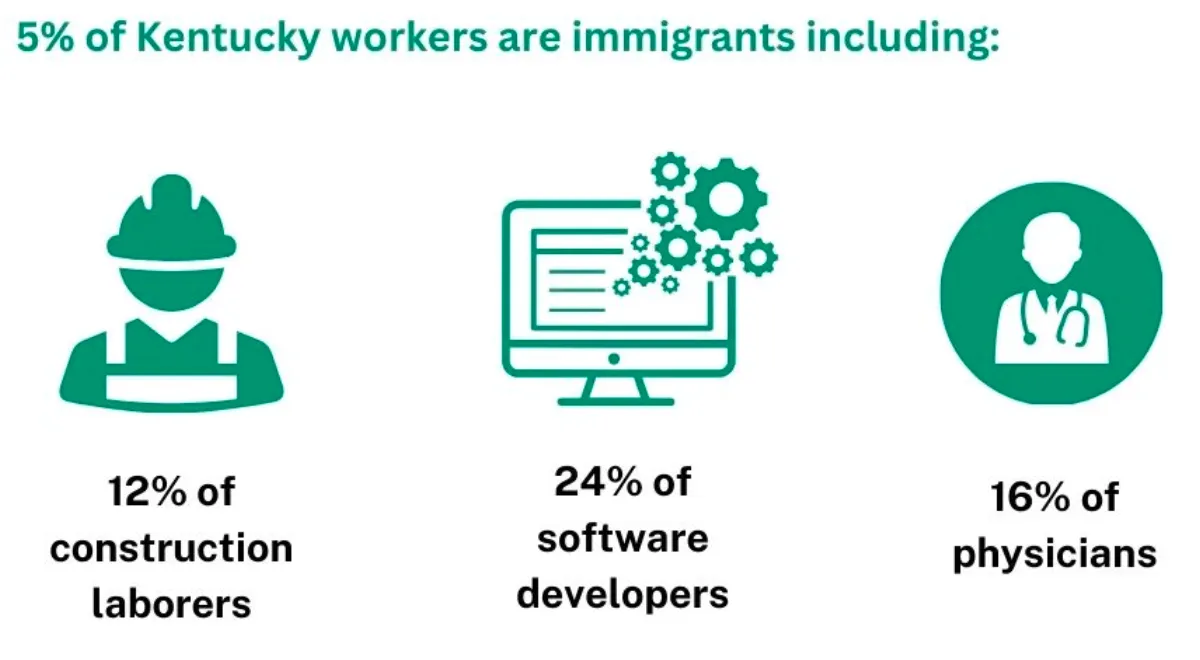Table of Contents
This is the third article in our four-part series on election security in Kentucky. Election security is a three-legged stool: security of the voter registration data (the voter files), security of the voting itself, and security of the vote counting. We’ve already looked at the first two legs; in this article, we’ll look at the vote counting as it is done in Jefferson County. Then tomorrow, we’ll conclude by offering our analysis and recommendations for election security in Kentucky.
The Vote Counting Process
- When last we left the election process, voting had closed, and the election officials in each precinct had printed two totals tapes before shutting down the machines. One tape had been placed on the door of the voting location for public display of the votes at that precinct. (That tape on the door is important, as we shall see.)
- The other tape, along with one of the two USB drives in the machines (the one accessible to the election officials in the precinct), are both then taken to a central receiving location. (The second USB drive remains locked in the machine, along with the paper ballots for that machine. See the voting article for more information.)
- This receiving location is manned by employees of the Jefferson County Clerk and sheriff’s office.
- The “transport tape” and the USB drive are given to the receiving team and logged by them as having been turned in.
- The USB drive is then brought to the election center to be installed in a computer running the Electionware software, and tabulated.
- The results in the Electionware software are then compared to the paper tape from the precinct (the “transport tape”) for one final accuracy check.
- The Electionware software adds up all the results from all the precincts for all the races, and produces the final vote totals for each race.
- After election day is complete, approximately 3-5% of the precincts in the county are chosen for random post-election checks. The ballots from those precincts are removed from the sealed ballot boxes, and are run through different DS200 machines than the ones used at the precinct during the election.
Questions About the Vote Counting Process
- Would it be possible to intercept the transmission of the results from the DS200 to the computer to change the totals? No, because the data transmission is done between two machines directly connected by a single cable. There is no use of a network, or of wifi, or even Bluetooth.
- Would it be possible to swap the USB drive during transport from the precinct to the receiving location? Yes, it would, but see the answer below.
- Would it be possible to do something to the vote counting portion of the Electionware software to change the vote totals? Yes, it would, but see the answer below.
- What is the failsafe for the vote counting portion of the process? The two tapes. Once the first tape is displayed publicly, it is simply not possible to change the results after that. That tape-on-the-door has been seen by election officials, candidates or their staff, and voters. If the numbers reported in the vote counting process don’t match those in that public tape, it is going to be noticed.
Wrapping Up
We’ve now looked at all three parts of the election process, at least as it is performed in Jefferson County. Because many of these policies and procedures are set by state law, other counties will follow similar processes for their elections. And remember, every county has a bipartisan election board overseeing the entire election.
If you’ve read all three articles, you’ve probably been at least somewhat impressed with the steps taken to ensure security and fairness, at least at the local level. We were too; but even so, there are things that we feel could be improved. Tomorrow, we will share our final thoughts and recommendations on election security in Kentucky.
–30–
Thoughts? Comments? Add yours to the comment section at the bottom of the page.







